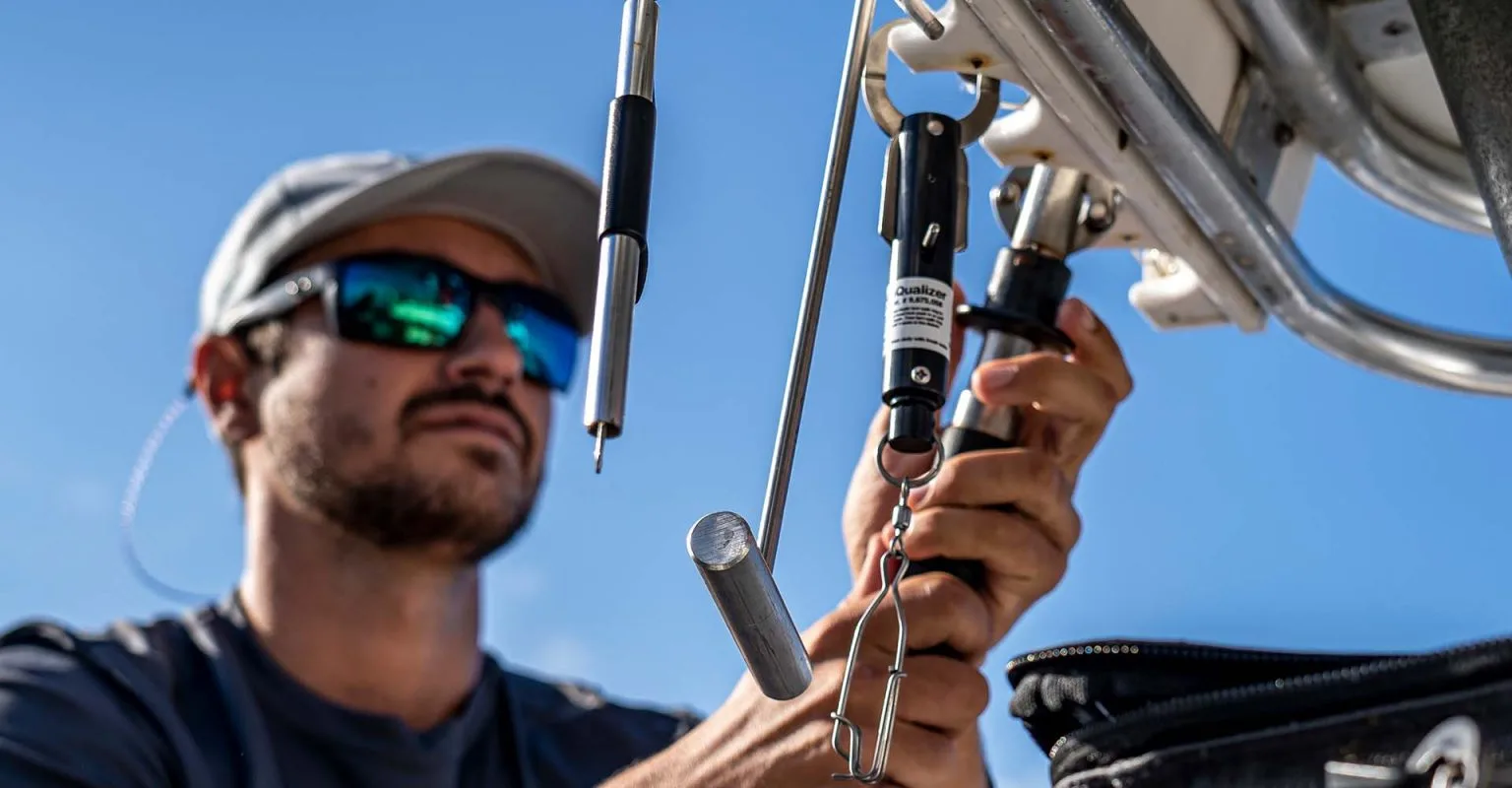Barotrauma Mitigation Techniques: Preserving our Offshore Fishery
Fishing is an exhilarating activity that allows us to connect with nature and experience the thrill of the catch. Whether you’re fishing near shore or venturing into deeper offshore waters, it’s important to be aware of the Descend Act and its impact on our fishing practices.
When fishing in federal waters, the Descend Act comes into effect. This legislation requires anglers to have a descending device or venting tool “rigged and ready” when fishing deeper near shore and especially offshore. The purpose of this act is to mitigate the effects of barotrauma on fish that are caught and released. Barotrauma occurs when fish are rapidly brought to the surface from deeper waters. The quick change in pressure causes their swim bladder to expand, which can lead to severe injuries or death if not addressed promptly. By utilizing descending devices or venting tools, anglers can release fish safely, increasing their chances of survival and promoting the sustainability of our offshore fishery.
Helpful Tips for Venting Fish:
Venting fish is a technique used to release trapped gases from their swim bladders, helping them regain buoyancy. If you find yourself in a situation where you need to vent a fish, here are some helpful tips:
- Proper Equipment: Ensure you have a venting tool that is specifically designed for this purpose. It should have a sharp, hollow needle to penetrate the fish’s body without causing excessive harm.
- Correct Venting Location: Aim for the area just behind the base of the pectoral fin, where the swim bladder is typically located. Be cautious not to puncture any vital organs or cause unnecessary harm.
- Quick and Gentle: Make the venting motion swift and gentle, allowing the trapped gases to escape without causing undue stress to the fish. Once the fish is vented, carefully release it back into the water.
While venting is a valuable technique in certain situations, using a descending device is even easier and requires less precision. A descending device works by allowing the fish to return to deeper waters at a controlled rate, enabling the swim bladder to gradually adjust to the surrounding pressure.
Using a descending device is as simple as attaching it to the fish’s mouth or jaw and releasing it back into the water. The device automatically adjusts the depth at which the fish is released, ensuring a safe and gradual descent. This method minimizes the risk of injury and maximizes the chances of survival for the released fish.
Preserve, Protect, and Proliferate:
To encourage anglers to adopt proper barotrauma mitigation techniques, there is an exciting opportunity to obtain over $100 worth of free descending device gear. By visiting Return ‘Em Right, you can take a short course on barotrauma mitigation techniques, which typically takes only 10-15 minutes. This course provides valuable knowledge on preserving, protecting, and proliferating our offshore fishery.
By spreading the word about the benefits of using descending devices and venting tools, we can ensure the longevity and sustainability of our fishing practices. Let’s take responsibility for our actions and make a positive impact on the health of our oceans.
The Descend Act plays a crucial role in protecting fish populations when fishing deeper near shore or offshore. As responsible anglers, it’s essential to be prepared with a descending device or venting tool to mitigate the effects of barotrauma.



